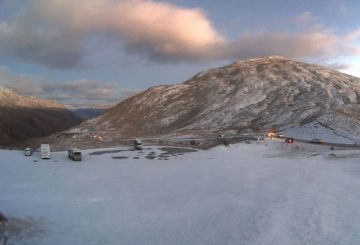The government has agreed to let 250 international postgraduate students back into New Zealand under a special exemption scheme.
The students will have to complete the mandatory two weeks’ isolation in a government managed facility and could start arriving as soon as next month.
Universities New Zealand has welcomed the move but says it is looking forward to extending the scheme to more students who are stuck off shore due to the pandemic.
Education New Zealand is the government agency tasked with promoting this country as an international study destination.
“They can come from any country as long as they are involved in PhD study, or they are Masters students,” Education NZ chair Steve Maharey told Checkpoint.
“They’re basically research students who are at the moment holding a 2020 visa, and they are involved in their studies and cannot study online, so it’s best for them to come back into the country to complete their course of study.”
The Ministry of Education is approaching universities and other tertiary providers to discuss who has students that fit the criteria, he said.
“When that is worked out, if it’s all 250 PhD students, then they’ll start to come into the country. If the 250 can’t be filled by PhD students, the move will then go to research-based Masters students.
“These kinds of students are involved in research which is useful to New Zealand. So having them back into the country completing their course of study will be useful to us,” he said.
“For example, if they’re involved in agricultural studies of course that’s very useful to New Zealand particularly at this time, so … that value in that broader sense both to them and to the country fits that criteria for PhD students, Master students involved in a research programme.”
The students pay the full cost of their quarantine, Maharey said.
Two hundred and fifty is a small number compared to the 70,000 foreign students overall in New Zealand usually, but Maharey said the education sector was welcoming the move as a start.
“They’ve been looking for it for some time… They are very happy with this, but as you’ve heard from the universities, they see this as a sign that things are going to get better, and they want to get better as fast as they possibly can.
“This is a large amount of revenue, it’s a significant number of students that impact, not just on the university that takes in these students, of course, they go to homestays, they stay in a city. They are the life of the city in many ways as well.
“But, all sorts of things come from this so there’s a real interest now that the door seems to be opening a bit to be able to move as fast as possible.”






























































